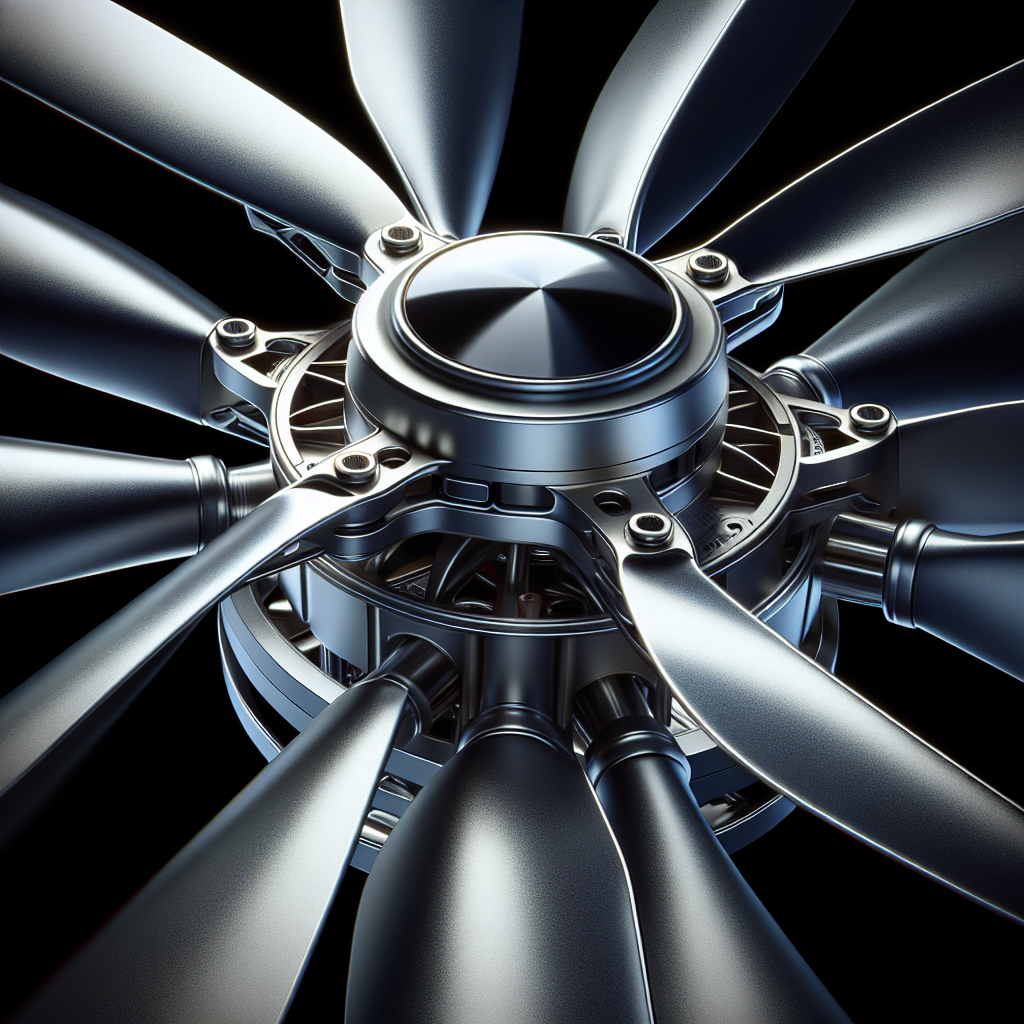In “The Complete Flight Dynamics of Drones,” you will learn all about the fascinating world of drone flight. This video by Lesics will take you through the various aspects of flying a drone, from takeoff to hovering, and even complex maneuvers. You’ll discover how drones use bldc motors and propeller blades to generate lift, as well as the role of the controller in modifying motor speed. Additionally, you’ll understand why drones have propellers rotating in opposite directions and how they achieve yaw, pitch, and roll motions. So, if you’ve ever wondered how drones fly, this informative video is for you!
Have you ever wanted to pilot a drone and experience the thrill of flight? In “The Complete Flight Dynamics of Drones” by Lesics, you’ll delve into the intricacies of flying a drone, from the initial takeoff to the mesmerizing hovering stage. Learn how the propellers and motors work in tandem to generate lift and control the drone’s movement in various directions. Discover the fascinating physics behind yaw, pitch, and roll motions and understand why propellers spin in opposite directions. Whether you’re an aspiring drone pilot or simply intrigued by the science behind these flying machines, this video will provide you with all the knowledge you need to navigate the skies with confidence.
Flight Dynamics of Drones
Introduction to Flight Dynamics
Flying a drone is great fun. You can perform takeoffs, hover in mid-air, and execute complex maneuvers. But have you ever wondered how the flight mechanics of a drone actually work? In this article, we will explore the complete flight dynamics of drones and understand the principles behind their movements.
Basic Components of Drones
Before diving into flight dynamics, it’s important to understand the basic components of a drone. Drones use BLDC (Brushless Direct Current) motors, particularly the outrunner type. The propeller blades are attached to the motor cover and play a crucial role in generating lift force. The controller is responsible for modifying the motor speed, which directly affects the lift force produced by the drone.
Principles of Lift and Propulsion
The lift force is generated by the propeller blades through the airfoil principle. Each cross-section of the blade produces lift force when air flows over it. The blades are carefully designed to ensure that the lift force is directed in the same direction along the length of the blade. By adjusting the motor speed, we can control the lift force generated by the drone.
Takeoff and Climbing Stage
To achieve takeoff, we need to increase the rotor speed. As the collective lift force produced by the blades overcomes the weight of the drone, it will lift from the ground. This stage is known as the climbing stage. Once the necessary height is reached, the rotor speed can be reduced until the lift force exactly balances the weight of the drone.
Hovering and Propeller Rotation
During hovering, all four propellers of the drone rotate at the same speed. However, if you observe closely, you’ll notice that one diagonally opposite pair of propellers rotates in one direction, while the other pair rotates in the opposite direction. This is done to prevent the drone body from spinning in the opposite direction. It follows Newton’s Third Law of Motion, where the reaction torque produced by the rotors is equal in magnitude but opposite in direction to the torque applied to the stator of the motor.
Yaw Motion Control
Yaw motion control is achieved by spinning one diagonal pair of propellers at one speed and the other pair at a different speed. This creates an imbalance in the reaction torques, causing the drone body to spin. By controlling the yaw stick of the remote control, we can manipulate the yaw motion of the drone.
Pitch and Roll Motion Control
Pitch and roll motions are controlled by the same stick on the remote control. To pitch the drone forward, the front propellers are spun at a lower speed, while the back propellers are spun at a higher speed. This creates a different lift force at the front and back, resulting in a net torque that causes the drone to pitch. The same principle applies to rolling the drone, but it involves adjusting the speeds of the side pairs of propellers.
Balancing Horizontal and Vertical Forces
To fly forward, the drone’s pitch angle is adjusted, and the propeller speeds are brought to the same value. Maintaining a tilted angle while balancing the drone is not possible. The horizontal component of the propeller force, in addition to the vertical component, creates an unbalanced horizontal force, leading to the drone moving horizontally. The drone continues to increase its speed until the drag force matches the horizontal force, allowing it to fly forward. The same principle applies to flying sideways by rolling the drone.
Flying Forward and Sideward
To achieve forward motion, the drone is pitched down. By adjusting the propeller speeds, the drone balances itself vertically. With a balanced vertical force, the drone automatically moves forward, thanks to the unbalanced horizontal force. Similarly, rolling the drone allows for sideways motion. By combining pitch and roll, we can make the drone move in a perfect circle, utilizing the principles of circular motion.
Conclusion
In this comprehensive article, we have explored the flight dynamics of drones. We have learned about the basic components of drones, the principles of lift and propulsion, takeoff and climbing stages, hovering and propeller rotation, motion control in yaw, pitch, and roll, balancing of horizontal and vertical forces, and achieving forward and sideward motion. Understanding these flight mechanics is crucial for operating drones effectively and performing complex maneuvers. If you enjoyed learning about the flight dynamics of drones, be sure to check out our other videos in our drone series. Happy flying!
